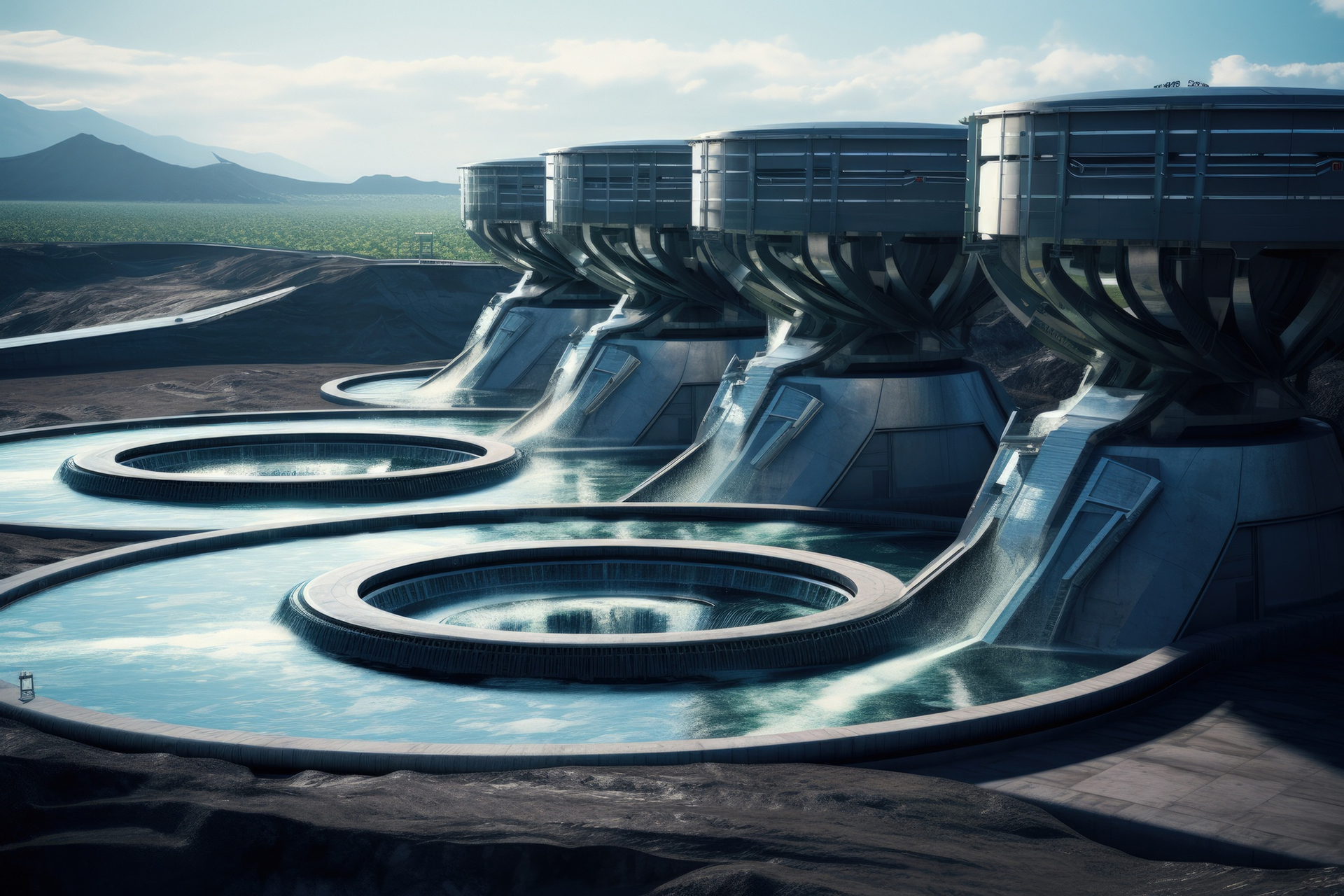As we commemorate World Water Day under the theme “Leveraging Water for Peace,” it’s vital to spotlight the intersection of technology and environmental stewardship. The tech industry, particularly data centers, plays a significant role in managing natural resources responsibly.
Data centers, the backbone of our digital world, are among the largest consumers of water, primarily due to their cooling systems. These facilities rely on extensive cooling mechanisms, including towers, chillers, and humidification systems, to mitigate the heat generated by around-the-clock operations. Given that a significant portion of the global population will soon reside in water-stressed regions, the imperative for sustainable water use in data centers has never been more pressing.
On this World Water Day, we’re called to reflect on the integration of sustainable practices across all sectors, including the pivotal tech industry. Embracing solutions that foster both business growth and environmental sustainability is crucial for a harmonious future.
Highlighting efficiency in practice
Several tech giants are pioneering in minimizing water usage within their data centers, setting benchmarks for the industry:
- Google employs innovative cooling solutions, utilizing seawater in Finland and recycled canal water in Belgium, demonstrating that natural and recycled resources can effectively reduce freshwater consumption. Google has committed to replenishing more water than it consumes by 2030. This means they aim to replenish 120% of the freshwater volume they consume, on average, across their offices and data centers.
- Microsoft showcases a groundbreaking zero-water cooling system in Quincy, Washington, eliminating water use in cooling processes and setting a precedent for waterless cooling technologies. Microsoft has set a goal of reducing the amount of water its data centers use by 95% by 2024, which is around 5.7 billion liters each year. The company has also committed to being water positive by 2030.
- Amazon Web Services (AWS) is committed to reducing the water used for cooling its data centers. The company maximizes the use of free-air cooling systems that cool servers with outside air without using any water. During peak summer temperatures, AWS utilizes direct evaporative cooling, which uses water to cool the air that removes heat from the servers. AWS has demonstrated its commitment to water stewardship by using reclaimed or recycled water instead of potable (drinking) water in multiple regions.
- Meta Platforms leverages outdoor air for cooling and reclaimed water, significantly reducing its water usage and contributing to water conservation efforts. The company’s water stewardship strategy focuses on sourcing water responsibly, driving water efficiency across facilities and operations, and investing in critical water restoration projects in the same watersheds where their facilities are located. Meta Platforms has committed to becoming water positive by 2030.
These examples underscore the tech industry’s capacity for large-scale operations that prioritize sustainability and efficient water use. As we observe World Water Day, let’s champion the adoption of such practices, ensuring our technological advancements contribute to a sustainable and peaceful world.





